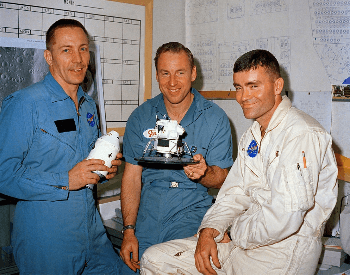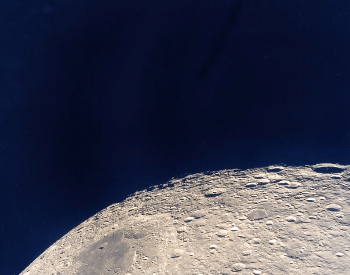
This web page contains Apollo 13 facts for kids and is a great resource for anyone of any age researching the historic Apollo 13 mission. We’re going to provide you with accurate facts about Apollo 13 from reputable sources. Alongside Apollo 13 facts, you’ll get to see some amazing pictures of the Apollo 13 mission and additional resources on Apollo 13.
The asteroid facts below will help you understand what the Apollo 13 mission was, what caused Apollo 13 to be a failure, who was a part of the Apollo 13 mission, when the mission happened and other helpful Apollo 13 facts. We hope the below facts about Apollo 13 are helpful and make researching this historic space mission fun.
If any of the below Apollo 13 facts are inaccurate or out of date, please contact us to let us know.
20 Apollo 13 Facts for Kids
- Apollo 13 was a spaceflight mission that was to land astronauts on the Moon but had to be aborted due to damage to the service module from an oxygen tank explosion.
- The Apollo 13 mission was operated by NASA, an independent agency of the US Federal Government that runs the civilian space program.
- The Apollo 13 mission started on April 11, 1970, 19:13:00 UTC, at 13:32:00 UTC (7:32 AM ET) and ended on April 17, 1970, 18:07:41 UTC (2:07 PM ET).
- The Apollo 13 mission lasted for 5 days, 18 hours, 35 minutes and 41 seconds.
- The Apollo 13 mission had three crew members and they were Jim Lovell (commander), Jack Swigert (command module pilot) and Fred Haise (lunar module pilot).
- The spacecrafts used for the Apollo 13 mission were Apollo CSM-109 (Apollo command and service module) and Apollo LM-7 (Apollo Lunar Module).
- The Apollo CSM-109 (Apollo command and service module) callsign was Odyssey.
- The Apollo LM-7 (Apollo Lunar Module) callsign was Aquarius.
- The rocket used to launch the spacecrafts into space was a Saturn V SA-508 rocket.
- The spacecrafts were launched into space from the Kennedy Space Center at Launch Complex 39 (LC-39).
- The Apollo 13 mission was a failure because the astronauts never landed on the moon due to damage to the service module from an oxygen tank explosion. However, all three astronauts made it back to Earth.
- The explosion was from the ignition of wire insulation inside the oxygen tank during a routine stirring.
- The damage caused from the explosion made the service module unusable since there was no oxygen to generate power or for the astronauts to breathe.
- Ultimately, it was decided that the astronauts had to use the lunar module as a lifeboat to get back to Earth.
- The lunar module was only designed for two people for two days, but NASA found multiple ways to make the lunar module last for four days with three people.
- The astronauts had to deal with a wide range of problems, including a lack of drinking water, cold conditions, moisture build and carbon dioxide.
- NASA found a way to adapt the command modules carbo dioxide filters to work in the lunar module only using the stuff available to the astronauts.
- The famous phrase “Houston, we have a problem” originated from an Apollo 13 mission transmission from John Leonard Swigert Jr. to NASA Mission Control Center.
- The famous phrase “Houston, we have a problem” isn’t what John Leonard Swigert Jr. had said. Swigert’s actual transmission to NASA Mission Control Center was “Okay, Houston, we’ve had a problem here.”
- In 1995, the film Apollo 13 was a box office success and told the story of the Apollo 13 mission.
Pictures of the Apollo 13 Mission






Additional Resources to Research the Apollo 13 Mission
- Apollo 13 Mission – Learn about the Apollo 13 mission and its objectives on the NASA website.
- The Apollo 13 Accident – Discover what caused the accident during the Apollo 13 mission on the NASA website.
- Apollo 13 (AS-508) – Read about the Apollo 13 (AS-508) mission on the Smithsonian National Air and Space Museum website.
- Apollo 13 – Wikipedia – Find more Apollo 13 facts, stats and information on the Wikipedia website.
